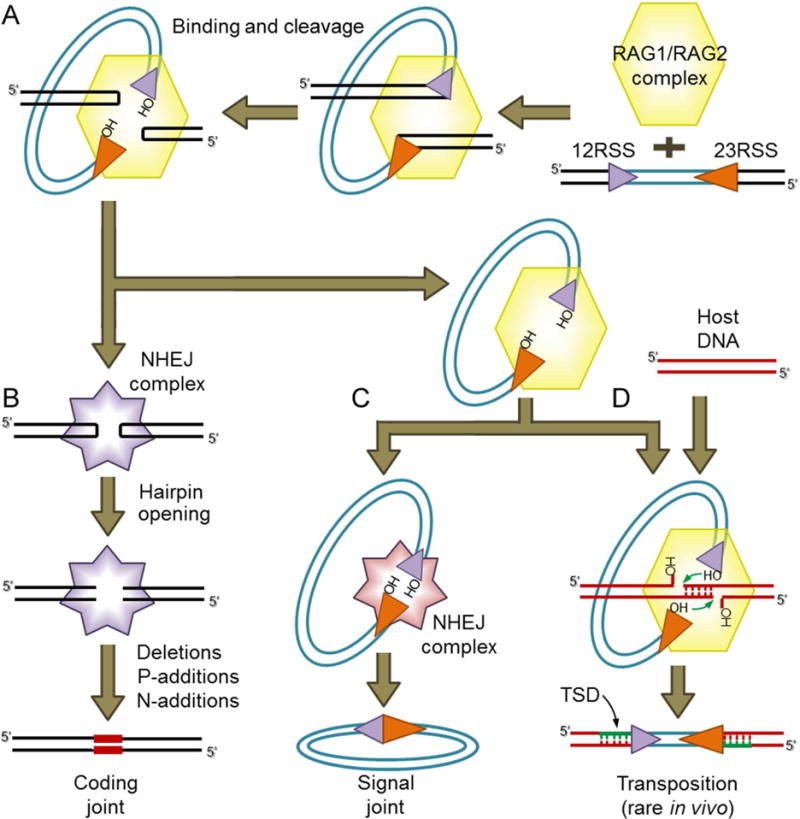Figure 1. Schematic of V(D)J recombination and transposition.

(A) V(D)J recombination is initiated when the RAG complex binds a 12RSS/23RSS pair and cleaves the DNA, generating hairpin sealed coding ends and blunt RSS ends with a 3′ hydroxyl (OH) group.
(B) The coding ends are nicked open by NHEJ DNA repair factors and then processed and joined, resulting in imprecise coding joints that can contain added nucleotides (red bars).
(C) The cleaved RSS ends are thought to be bound initially by RAG, and subsequently are ligated together precisely by NHEJ repair factors to form a signal joint.
(D) An alternative fate for the cleaved RSS ends bound to RAG is staggered attack by the 3′OH groups on a target DNA duplex (host DNA) resulting in insertion of the cleaved RSS fragment into the target and the creation of a flanking target site duplication (TSD). For RAG, this transposition outcome is rare in vivo but efficient in vitro.
